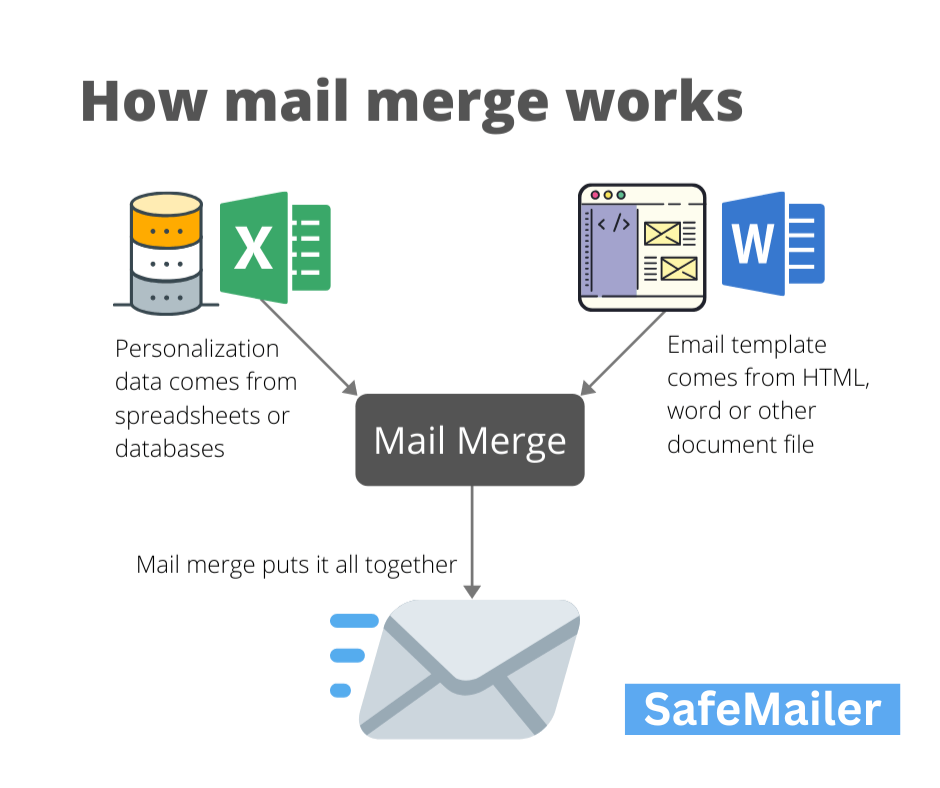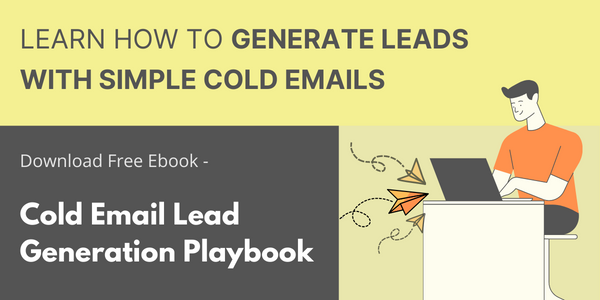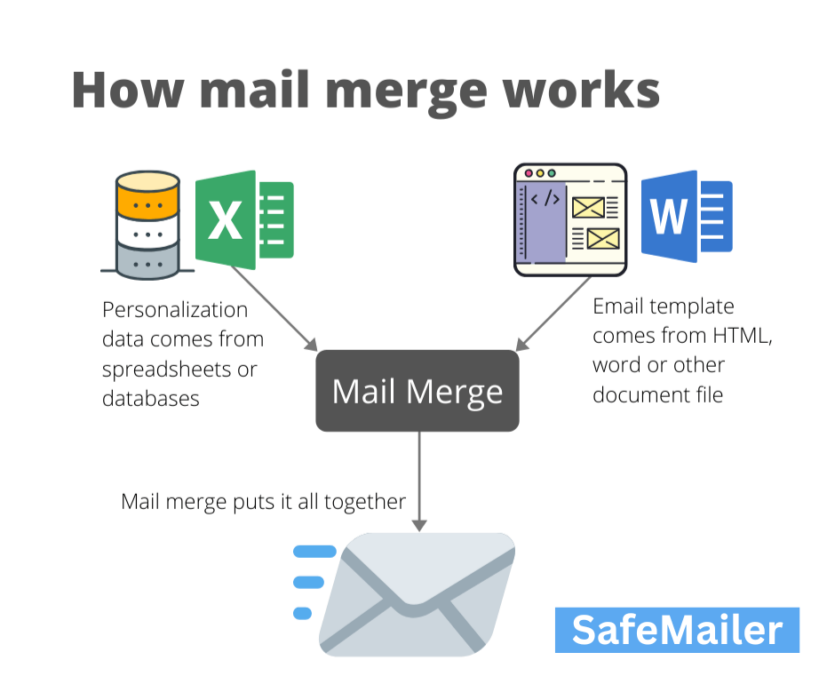A mail merge tool is useful whenever you want to combine a standard email template with personal data of individual recipients. Let’s look at some use cases.
Emails are still important
Despite of social media platforms, email remains an important communication channel. Even the social media platforms use emails to communicate with their users.
Moreover, email communication is also a much better way of record keeping than notifications, SMSs, chat messages and cold calls.
Accordingly, email ends up being the preferred channel of communication in many scenarios. But, sometimes you need to send similar emails to hundreds of recipients with personalization of each email for the individual recipients. In such cases, mail merge tools are very useful.
When to use mail merge
A mail merge tool is useful for using a standardized email text, while also personalizing the final emails for individual recipients. A mail merge tool combines the standard text for an email template with the personal data about individual recipients.
SafeMailer’s mail merge tool combines audience data from a Google Sheet with email text from a Google Doc to create highly personalized emails. Let us look at some of these cases when we need to use mail merge.

Email marketing
As an email marketer, you would want to reach out to as many people as possible. So on an average email marketers send hundreds or even thousands of emails per day.
But all those emails are effective only when they reach inbox. And to make sure that they reach inbox, you need to personalize your emails.
Without any personalization of your email text and subject lines, you would send hundreds of emails that look exactly the same, everyday. That is classic spam behavior, which will be noted by the spam filters and will hamper the deliverability of your emails.
To personalize your emails, you can add the values of recipient name, their company name, designation, interests etc. to the body of your emails. These values can either come from a database or an Excel sheet or a Google spreadsheet. That’s how a simple mail merge tool can help you improve the email deliverability and success rate of your marketing campaigns.
Notification emails
When sending notification emails to your customers or users, sometimes it is required to add their personal details.
For example –
- Sending a purchase confirmation with ‘product details’ and ‘delivery address’. In this case the details of product and customer’s address can come from a database or a spreadsheet. Then they will be added to the standard notification email text by a mail merge tool.
These notification emails are sent as per predefined events, when your customers / users take any important actions.
Daily / weekly updates
Sometimes emails are used for creating and sending scheduled reports. These email reports are generated using the latest data from a database, spreadsheet or CSV file.
For example –
- A weekly email for construction progress update is created sing the progress data from construction progress tracking spreadsheet. For this purpose, a mail merge tool can be used to combine the values from a spreadsheet with the report template text.
- Similarly daily sales reports can also be generated by using values from CRM in the mail merge tool.
These progress update emails follow a predefined schedule – daily, weekly, monthly etc.
Follow up emails
Follow up emails usually have the same text. Only the recipient details may change. So it is useful to define a single standard template for regular follow up emails. Then your mail merge tool can simply add the personalization to this template text for sending the actual email.
For example –
Hi {{Name}},
Just wanted to quickly check if you got a chance to look at the proposal I had sent for {{ProjectName}}.

The personalization details will come from CRM, database or a spreadsheet. You can use an email automation tool to send the follow up emails, if you don’t get a response in ‘x’ number of days. That way, you can focus on other important things.
Behavioral drip emails
Behavioral emails are also triggered by certain important user actions, when they interact with you products or services. However, these are different than the ‘notification’ emails, as their intended purpose is marketing.
For example –
- When a new user signs up on your online platform, you can trigger a series of ‘on-boarding emails’ which will guide the user and help him get started on your platform.


Leave a Reply